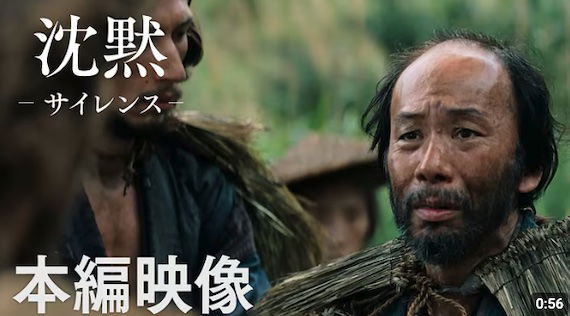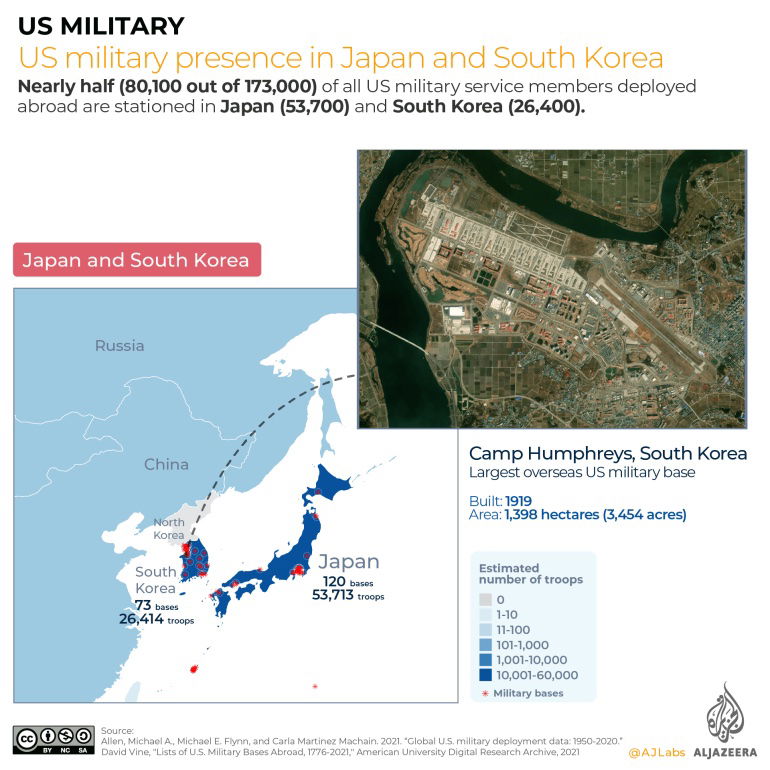History - Fall 2025 - Week 7
HISTORY of Japanese Business: Monday 4th Period (月)4限
MONDAY History (Fall 2025)
下記の方法に従うこと
READ THE DIRECTIONS
WEEK 7HistoryNovember 10 [月] ~ November 16 [日] |
2025 Fall SemesterHistory Class Schedule (Monday)[14 weeks] | ||
| Class Week | Day | Location |
| 5 | 10/27 & extra lec. | 6009 教室 & China-Japan war (17:00~) |
| trip | 10/31 (Friday) 0900~12:00 & 12:30~15:00 | -Kamakura tour (optional field trip) |
| 6 | 11/3 & extra lec. | 6009 教室 & Pacific War (17:00~) |
| 7 | 11/10 | 6009 教室 |
| 8 | 11/17 & extra lec. | 6009 教室 & Cold War (17:00~) |
| 9 | 11/24 | 6009 教室 |
| 10 | 12/1 & extra lec. | 6009 教室 & Women (17:00~) |
| 11 | 12/8 | 6009 教室 |
| 12 | 12/15 | 6009 教室 |
| 13 | 12/22 (no 6009) | website オンライン assignment |
| - | 12/29~1/12 (no Monday class) | No Monday classes at KU |
14 | 1/19 (no 6009) | website オンライン assignment |
SECTION 0: ContactContact InformationREQUIREDComplete : 提出期限November 9 (10pm) (Sunday) 11月9日 (10:00) (日) | ||
| Please provide a working email address. | ||
 | 0. Contact InformationPlease provide an email address that you want to use for contact with Theron Fairchild. | |
Ten-Year Bond Yields & Bank Rates
SECTION 1How American Occupation Changed Japanese CultureREQUIRED Assignment(40 points = 26 for questions + 14 for writing)Complete : 提出期限 November 16 (10pm) (Sunday) 11月16日 (22:00) (日) (+1) Points: submit by Thursday 11/14 (木) 21:00 | ||
 | Watch the video and do the exercise. Answer the questions. Please email me if you think there are mistakes in this assignment. | |
1. US Occupation & Japanese Culture Assignment (課題) Watch Video | ||
*MINIMUM SCORE - required for first attempt on Questions section (13/22) - I will grade the writing section separately. - Only 1st & 2nd scores considered (You can try this as many times as you want, but your instructor will only consider the 1st & 2nd scores.) - Use the CC button at the bottom of the Youtube video to follow the subtitles (字幕). | ||
LAST WEEK - ASSIGNMENTS
SECTION 1: GrowthVideoビデオ 問題REQUIRED Assignment(17 points required)Complete : 提出期限 November 9 (10pm) (Sunday) 11月9日 (10:00) (日) (+1) Point: submit by 11/6 (木) 22:00 | |
(can slow video speed) | |
 | Section 11. Growth Miracles & DisastersAssignment (17 points) (課題) |
- Use the CC button at the bottom of the video to follow the subtitles (字幕). | |
SECTION 2:Incentives & InstitutionsVideoビデオ 問題REQUIRED Assignment(27 points required)Complete : 提出期限 November 9 (10pm) (Sunday) 11月9日 (10:00) (日) (+1) Point: submit by 11/6 (木) 22:00 | |||
Video ビデオ 問題 | |||
 | Section 22. Incentives & InstitutionsAssignment (27 points) (課題) | ||
Extra Information | ||
Cross-Cultural ManagementLeadership & Decision Making | ||
Web Version of article:Leadership and Decision Making PDF version of article: Leadership and Decision Making.pdf Eight-scale Tool for Mapping Cultural Differences.pdf Culture Map Comparison: | ||
CURRENT GRADESWeeks 1~6 206 Points Possible Assignments & Class Tasks = 206 points Updated 11/9 22:30 | |||
4th period - 4限 | |||
| ID Points (%) | |||
| 201945 144 (70%) | 592595 174 (84%) | 592620 184 (89%) | 592650 208 (101%) |
| 301770 216 (105%) | 592599 183 (89%) | 592627 202 (98%) | 592651 205 (100%) |
| 301789 118 (57%) | 592602 208 (101%) | 592628 205 (100%) | 592653 227 (110%) |
| 301965 173 (84%) | 592604 110 (53%) | 592635 169 (82%) | 592657 263 (128%) |
| 302036 197 (96%) | 592605 159 (77%) | 592637 204 (99%) | 592659 204 (99%) |
| 302070 155 (75%) | 592606 139 (67%) | 592638 185 (90%) | 592662 222 (108%) |
| 302097 125 (61%) | 592608 201 (98%) | 592639 229 (111%) | 592663 179 (87%) |
| 401827 176 (85%) | 592610 223 (108%) | 592641 200 (97%) | 592664 193 (94%) |
| 402051 197 (96%) | 592611 199 (97%) | 592643 186 (90%) | 592665 201 (98%) |
| 402091 190 (92%) | 592613 198 (96%) | 592644 227 (110%) | 592668 250 (121%) |
| 592592 196 (95%) | 592616 100 (49%) | 592645 160 (78%) | 592680 180 (87%) |
| 592593 167 (81%) | 592618 182 (88%) | 592646 205 (100%) | 592688 249 (121%) |
| 592594 214 (104%) | 592619 136 (66%) | 592649 199 (97%) | |
Place to eat and drinkis popular with International Students
|
September 29 Class Topic:Evolution of Religion in AsiaConfucianism, Buddhism, Arrival of Europeans & Christianity If you have never seen this film, I highly recommend "Silence," by Italian-American filmmaker Martin Scorsese. It takes place around the year 1635, during the Tokugawa government's violent persecution of Japanese Christians, who are mostly peasants. The film is based on the 1966 novel 沈黙 (Silence) by Shusaku Endo. Scorsese spent about 20 years planning this film, which is visually and historically accurate for the period. It stars several excellent Japanese actors, including Tadanobu Asano, Shinya Tsukamoto, and Yoshi Oida. | |
 | Highly recommended film:Silence (2016) Film Clip: Crucifixion by the SeaFilm Clip: Priest Meets Edo InquisitorFilm Clip: Priests Talk (Why did they die?) |
LINKS World History Encyclopedia (WHE) https://www.worldhistory.org/Taoism/ | |
| |
September 22 [week 1] (15:20~17:00)Japan: General Themes in History -Various themes from ancient times to the present -Economic History of Japan | |
September 29 [week 2] (15:20~17:00)Japan: Foreign Technologies & Influences -China, Korea, Portugal, Holland, USA -rice, tea, silk, writing, guns, Buddhism, neo-Confucianism -Tokugawa regime (bakufu); daimyo | |
-> Imperial Japan 1868-1945 <- | |
October 6 [week 3] (15:20~17:00)Meiji Era (PART 1)15:20~16:10 (required)1870s~1910s Introduction to the Meiji Era & History of Yokohama --Assignment (PART 2) 16:20~18:20 (optional)Walking Tour of Yokohama Harbor -history in Yokohama on foot -Traditional Port Area & Yamashita Park | |
October 13 is KU holiday: no classes | |
October 20 [week 4] (15:20~17:00)Meiji Era: Industrialization 1870s~1910s -Meiji Restoration; changes to nation -Tokugawa vs. Meiji economic, political & social organization -"Western learning" through the Japanese lens -rapid industrialization; zaibatsu ("financial cliques" = monopolies) -steel; shipbuilding; textiles -wars: China & Russia; annexation of Taiwan & Korea -industrial boom due to WWI video: zaibatsu illustration (6 min.) Class PDFs | |
October 27 [week 5] TWO PARTS(PART 1) (required 70 min.) 15:20~16:30 1920s & 1930s -economy and politics after WWI; the 1920s-30s -consumer product markets: cosmetics; clothes, cars -birth of Toyota, Nissan, etc. -zaibatsu expansion -"new zaibatsu" and growth of militarism & global crises -banking crisis of 1927 (general) 昭和金融恐慌 Shōwa Kin'yū Kyōkō -Economist article: The Problem with the Meiji Period (PART 2) (EXTENDED LECTURE) (optional 60 min.) 16:40~17:40 -economy and politics in the 1920s-30s -global crises increase zaibatsu and militarism -details about internal & external conflicts -Japan's actions in China (1931~onward) -Second China-Japan War (1937-1945) Bloody Saturday (baby bombed photo) | |
November 3 [week 6] TWO PARTS(PART 1) (required 70 min.) 15:20~16:30 -democracy, labor, peacetime economy 1923-36 -Japan's wartime economy, 1937-45 -war benefits zaibatsu, Toyota, Nissan, etc. -how the war affects issues today Asia-Pacific War (1937-1945) -War 1937-1945 (map of each day: video) (PART 2) (EXTENDED LECTURE) (optional 60 min.) 16:40~17:40 -details about the relationship between Japan & USA -details about the Pacific War -U.S. campaign in the Pacific -the atomic bombs and impact -"Downfall" by Richard Frank (End of the Japanese Empire) -Asia-Pacific War: Death Tolls & Actual Focus -WWII in the Pacific (1941-1945) | |
-> Japan after 1945 <- | |
November 10 [week 7]-democracy, labor, peacetime economy 1923-36 -Japan's wartime economy, 1937-45 -war benefits zaibatsu, Toyota, Nissan, etc. -the failure of Japanese colonialism 1. US Occupation & Japanese Culture-lecture about post-1945 Japan -postwar Japan & new companies like SONY | |
November 17 [week 8] TWO PARTS(PART 1) (required 75 min.) 15:20~16:35To understand Japan today, it is important to understand Japan after 1945. 1945-1960: Postwar occupation and recovery -current economic complexity - Japan -economic and political rebuilding (economic & political ideologies) -new constitution (1947) and industrial institutions (zaibatsu -> keiretsu) -developing close ties with the U.S. -war in Korea drives recovery in Japan -NTT from AT&T -birth of Sony, Honda, & Japan becomes exporter -evolution of Yamaha -Does Capitalism Actually Limit Creativity? (article) (PART 2.1) (optional 60 min.) 16:45~17:45Cold War in East Asia 1945-1991 (PART 1) -political, economic, & military conflicts of the period -revolution in China -polarized region: China & USSR vs. USA, Japan, allies -post-colonialism & revolution; violence & genocide -war in Korea: revolution in Indonesia; war in Vietnam; genocide in Cambodia Cold War in East Asia 1945-1991 (PART 2): More details, questions, etc. | |
November 24 [week 9](PART 1) (required) 15:20~16:551960s & 1970s -High-Growth Period of 1960s-70s -two economies: old industrialist vs. new consumerist -the new efficient business model -the new Japanese management model (Meyer's Culture Map) -Toyota Production System -creating the world's 2nd largest GDP -oil & automobiles, electronics (exports) (PART 2)(optional) 17:05~17:45Extra discussion and details about this period | |
December 1 [week 10] = 6009 / hybrid classEach student can choose one option for themselves: class OR online (1) Room 6009: History of women in Japan (15:20~17:00)-themes and topics from history that are important today -women in business and politics -working, labor: career statistics -Japanese women in the arts -geisha [geiko] vs. maiko -Japanese patriarchy & family system -family -women under the law (sex crime statistics) Between 2019 and 2022, nearly 40% of countries – home to over 1.1. billion women and girls in 2022 – stagnated or declined on gender equality. (SDG Report, 2025). Unfortunately, Japan is one of the stagnating countries. Most other stagnating countries are poor countries. (PART 2)(optional) 17:10~18:00Extra discussion and details about this topic (2) Website-hybrid: Online Subjects -videos and reading on economic topics -online assignment | |
December 8 [week 11] (15:20~17:00)Bubble economy バブル経済 (1980s-90s)-Japan's economy in the 1980s-90s -management styles & philosophies -effects on Japan since year 2000 | |
December 15 [week 12] (15:20~16:35)Entertainment industry (exporting)-entertainment industry (exports) -film, anime & manga (industrial report) -Kurosawa, samurai films, Godzilla (ゴジラ) | |
December 22 [week 13] = Website (online)Hisotry and video on Japan since 1990s --web assignment | |
December 29 & January 5 & January 12 are holidays: no classes | |
January 19 [week 14] = Website (online)--FINAL ASSIGNMENT due | |
 | |
Contact (email) Theron Fairchildtheron at mailfence dot com | |




